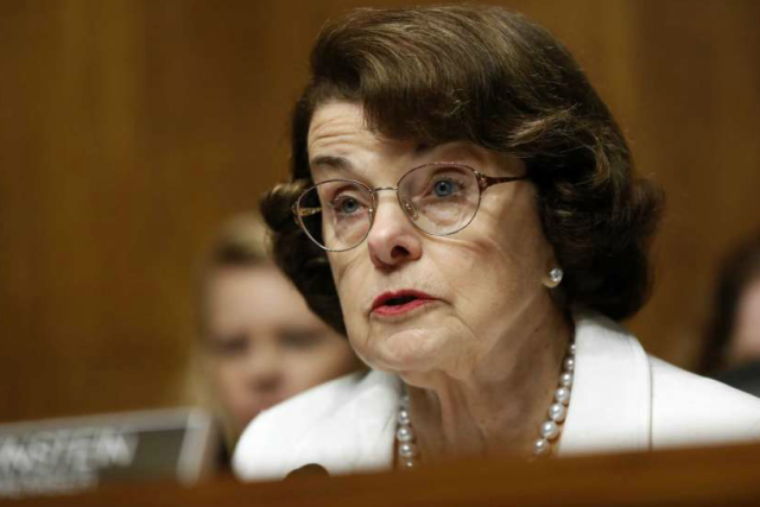FTA: The language of [Feinstein’s] bill would include bans on other devices, bans that are only implicit at this point. It would simply come down to a bureaucrat deciding the threshold at which semiautomatics are being fired too fast and any accessory that allowed a gun owner to meet that threshold would be banned.
Feinstein’s bill currently has 38 co-sponsors, all of whom are Democrat. But numerous Republicans—including House Speaker Paul Ryan (R-Wisc.), Rep. Bill Flores (R-TX), Rep. Mark Meadows (R-NC), Senators John Cornyn (R-TX), Lindsey Graham (R-SC), and Marco Rubio (R-FL)—have voiced openness to gun control via bump stock legislation and/or hearings on such legislation.
While Sen. Dianne Feinstein (D-CA) presents her latest piece of gun control legislation as narrowly focused on bump stocks, the reality is that the language of the bill includes bans on other firearm accessories too.
This means those who have worried that Feinstein’s bill would create slippery slope—leading to the passage of more bans—need to understand that her bill is the slippery slope; it contains all the future bans in it already.
On October 8, Breitbart News reported that Feinstein admitted no law would have stopped the Vegas attacker. She then said “we need a law” to ban bump stocks, and described her bill as a simple piece of two-page legislation “written in clean English” and narrowly focused on bumps stocks.
However, the language of her bill is anything but narrow. In fact, the bill—the Automatic Gunfire Prevention Act—bans any “accessory that is designed or functions to accelerate the rate of fire of a semiautomatic rifle but not convert the semiautomatic rifle into a machine gun.” This language is very crucial because in it goes after bump stocks for being exactly what the ATF described—an accessory, not a conversion device.
by AWR Hawkins


